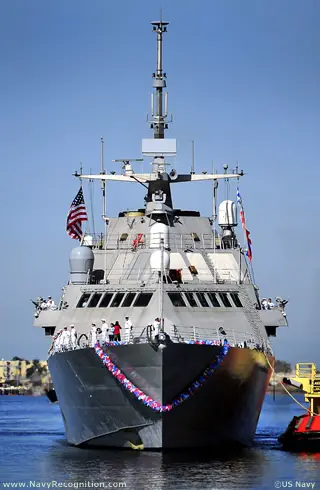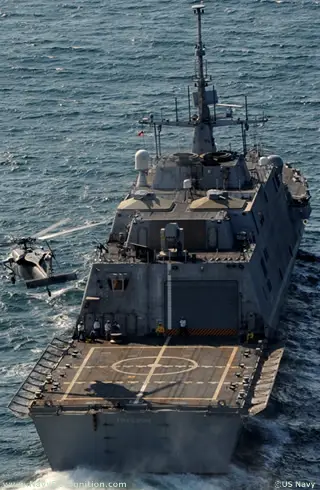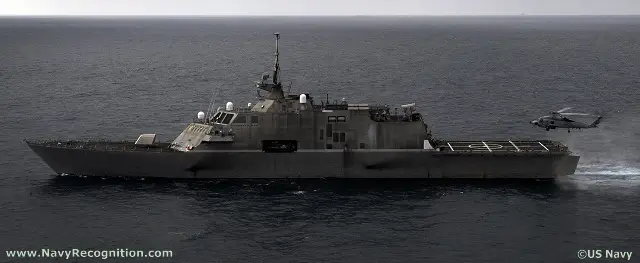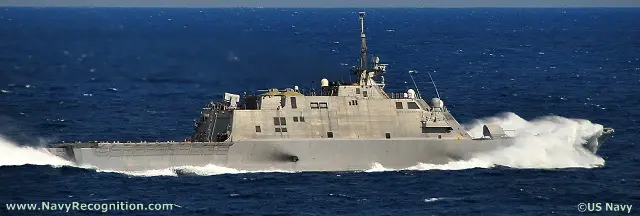Freedom class
| a | ||||||||||||||||||
|
Freedom class Littoral Combat Ship
|
||||||||||||||||||
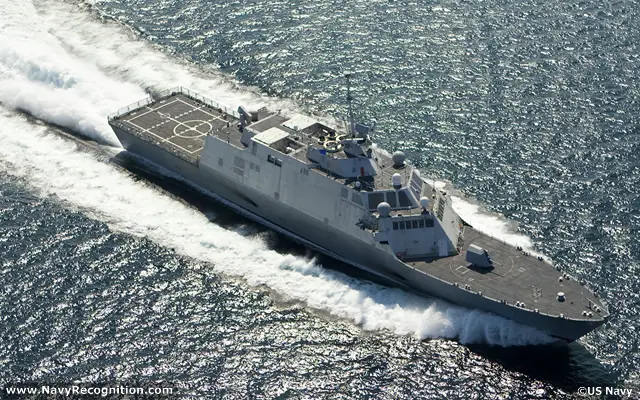 |
||||||||||||||||||
|
|
||||||||||||||||||
|
The Freedom class of littoral combat ships (LCS) is Lockheed Martin's design proposal to the US Navy's requirement for the LCS class ships. The LCS concept emphasizes speed and modularity thanks to its flexible mission module spaces. According to US Navy, the LCS is "envisioned to be a networked, agile, stealthy surface combatant capable of defeating anti-access and asymmetric threats in the littorals." The Freedom class design also integrates non-developmental sensors and weapons systems, providing proven technologies for combat power and mission flexibility, as well as a robust, layered self-defense system. These solutions offer a flexible, survivable warship for littoral operations with inherent margin for capability growth. |
||||||||||||||||||
| Shiplist | ||||||||||||||||||
|
||||||||||||||||||
|
Variants
|
||||||||||||||||||
| Technical Data | ||||||||||||||||||
| Design | ||||||||||||||||||
| Advanced semi-planing steel monohull. Sloped aluminum superstructures . Large reconfigurable spaces. Integrated launch, recovery and handling system. Large flight deck. Modular weapon zone. Can be reconfigured for various roles by changing mission modules. |
||||||||||||||||||
| Weapons | ||||||||||||||||||
|
||||||||||||||||||
| Sensors, Electronics and Decoys | ||||||||||||||||||
|
||||||||||||||||||
| Propulsion | ||||||||||||||||||
| Combined diesel and gas turbine with steerable waterjet propulsion. | ||||||||||||||||||
| Specifications | ||||||||||||||||||
|
||||||||||||||||||
 |
||||||||||||||||||
|
||||||||||||||||||
| All pictures © US Navy | ||||||||||||||||||




























